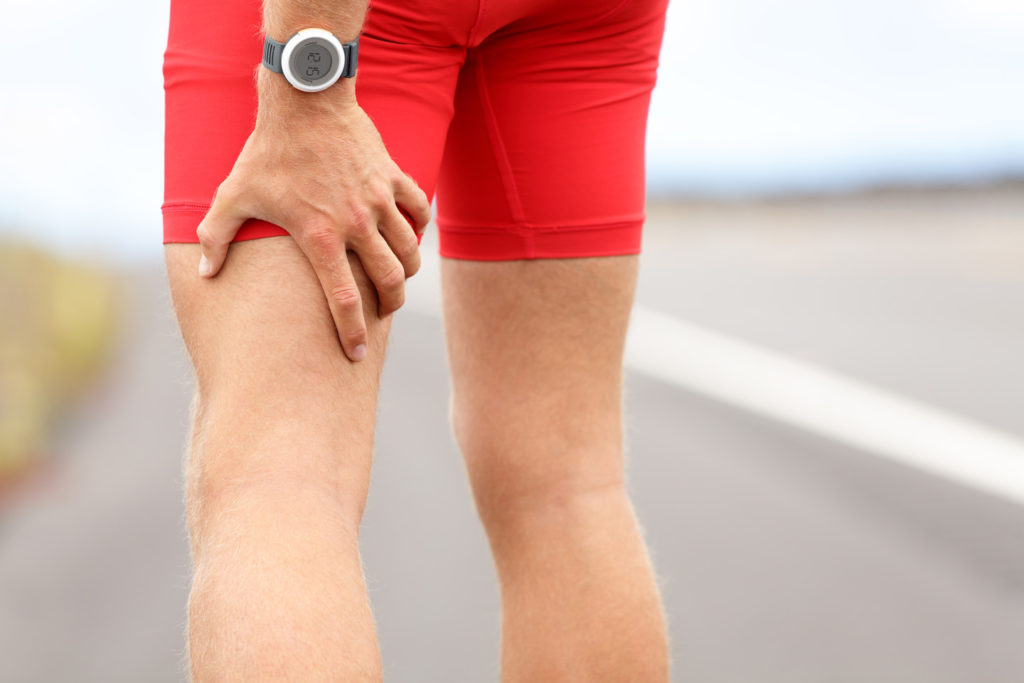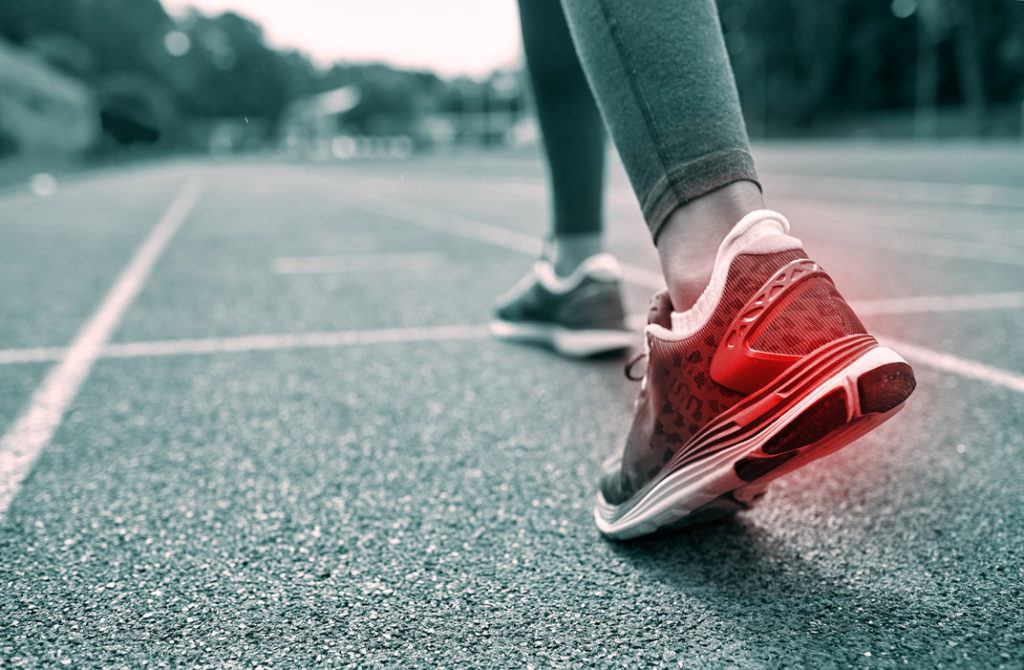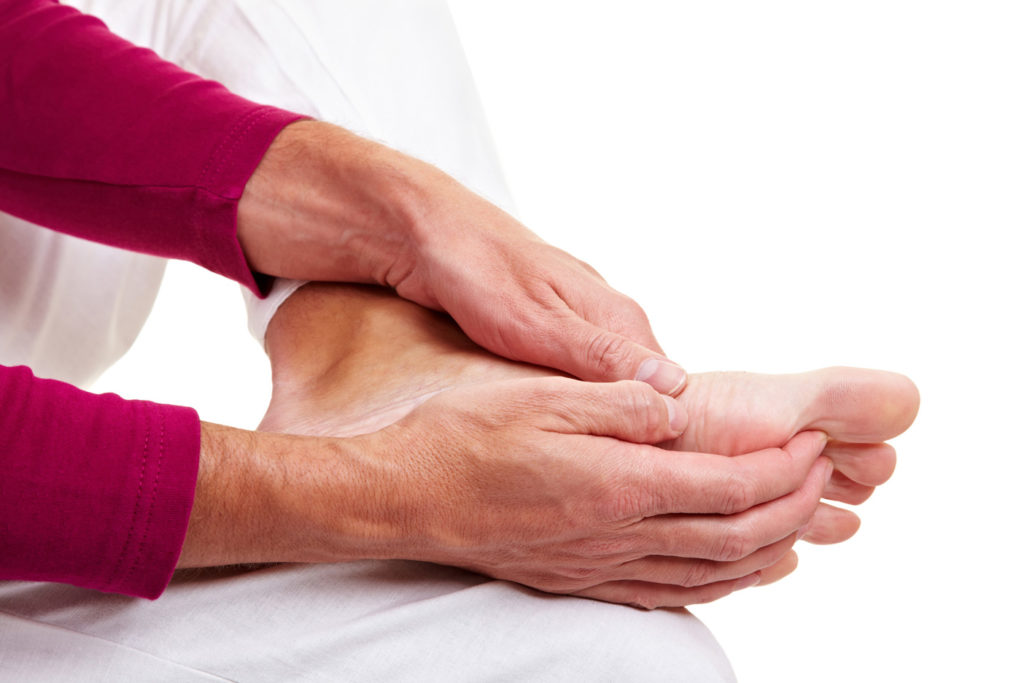Recommendations to prevent hamstring injuries.

The British Journal of Sports Medicine has recently published an interesting review utilising research to make recommendations to prevent hamstring strain injuries (HSI) in elite football players.
The paper highlights how “hamstring strain injuries are consistently the most prevalent time loss injury in football” with incidence rates increasing. The review goes on to point out that there is a “disconnect between available evidence and its adoption in elite football."
A 5-point strategy is proposed which has taken in to account research evidence and clinical experience. In brief, these points include hamstring strengthening, carefully monitoring individual players, implementing a lumbopelvic hip stability programme, developing physical conditioning and focusing on movement quality.
The authors conclude: “Our goal is to share our approach as we believe it can form part of the journey towards the current best practice approach to HSI prevention at both elite and other levels of football."
Foot posture related to running injury.

“There is a significant association between running-related injury and foot posture” according to new research published in Clinical Biomechanics this month.
The case control study examined 600 novice runners taking in to account previous running related injury and foot posture (as per the Foot Posture Index). Their findings suggested that a supinated foot type was associated with a higher incidence of running related injury: “76.8 times higher odds of injury than a neutral Foot Posture Index score”. “High pronation” was also associated with a higher incidence of injury at “20-fold higher odds".
The authors conclude by suggesting that foot posture should be considered for running programmes, particularly for novice runners but that more research is needed.
Toe grip exercises: New Research.

An interesting new piece of research was published recently in the Journal of the American Podiatric Medical Association highlighting the importance of small muscle exercises in the foot. The team from Staffordshire University analysed the effects of toe flexion exercises on grip.
Static peak pressure, time spent at peak pressure, pressure time integrals while seated and dynamic forefoot maximum force were all recorded for 23 healthy participants without toe pathologies who had been prescribed a 6-week course of daily toe grip exercises using a therapy ball.
Findings suggested that exercises prescribed to improve toe grip “increased the static peak pressure on the apex of the 2nd and 3rd digits as well as the percentage contact time of the metatarsals during gait.” It’s that these changes could help to improve forefoot stability and reduce pathology progression.
